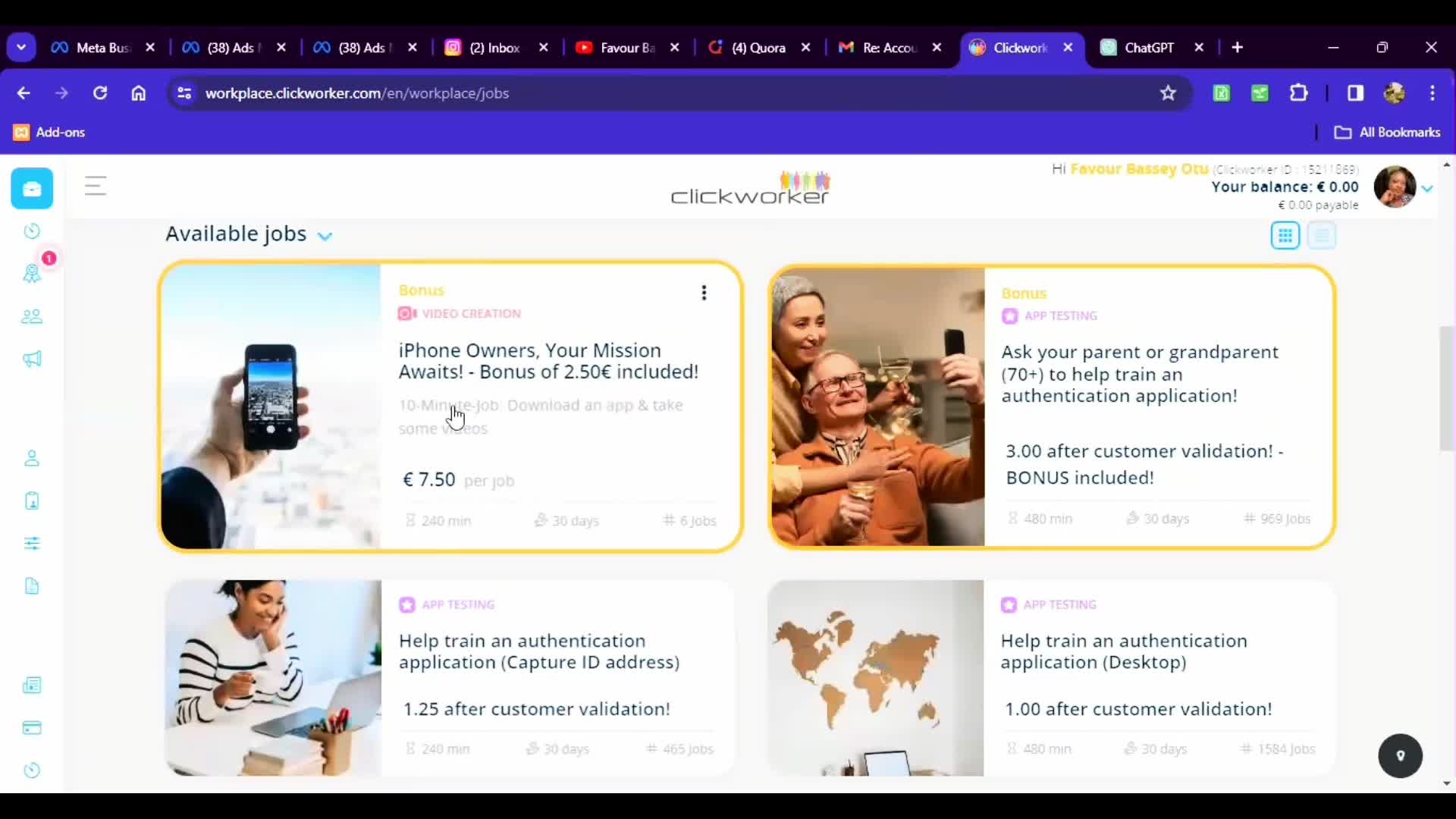Job Market
What is Dreambound building to help people with career development?
Dreambound is creating an always-available career companion that deeply understands both the individual and real-time job market dynamics. This AI coach helps users discover their career path by breaking down goals into specific actionable steps, providing necessary training information, suggesting appropriate jobs to apply for, and offering continuous support. It serves as a comprehensive platform combining job opportunities, education resources, financial guidance, and self-discovery tools in one place. Whether someone knows exactly what they want or feels lost professionally, Dreambound aims to prevent people from spending decades in jobs they hate.
Watch clip answer (01:04m)What is this platform designed for and what services does it offer?
This platform is specifically designed for career coaches who specialize in job search services, resume writing, LinkedIn profile revisions, and career consulting. It offers comprehensive service bundles including career consulting, resume revision, LinkedIn profile optimization, and auto-apply to jobs features. The platform provides personal attention with each service and connects coaches with a community of learners in an online environment. Applications are accepted on a rolling basis, making it an ideal opportunity for professionals who are passionate about helping job seekers achieve their career goals.
Watch clip answer (01:09m)What does a prompt engineer actually do?
Prompt engineers craft words like artists use color to unlock hidden potential inside AI systems. They translate between human thought and machine intelligence, learning how AI thinks while developing skills to think better than AI. Rather than memorizing formulas, successful prompt engineers experiment constantly, fail fast, and learn quickly. A single well-crafted sentence can generate comprehensive business plans or marketing strategies. Their value comes from creativity rather than technical coding knowledge, allowing them to guide AI tools like ChatGPT, Midjourney, and Claude to produce exactly what they want.
Watch clip answer (01:11m)What is the core purpose of LinkedIn according to CEO Jeff Weiner?
According to Jeff Weiner, LinkedIn's core purpose is connecting people to opportunity. This opportunity varies based on individual needs - from job seekers finding employment and internships to entrepreneurs raising financing, salespeople finding prospects, and individuals seeking mentors. LinkedIn functions as a platform with multiple marketplaces within its ecosystem, including talent solutions, marketing opportunities, and learning marketplaces. Despite changes in the job market over 20 years, Weiner emphasizes that the importance of professional networks remains constant - people who can open doors, provide recommendations, referrals, and connect users to relevant opportunities.
Watch clip answer (02:14m)What has Startup India achieved in its 9 years since launching?
Since its 2016 launch, Startup India has transformed the nation into the world's third-largest startup ecosystem with over 1.59 lakh recognized startups and more than 100 unicorn cities, including Bengaluru, Hyderabad, and Delhi NCR. The initiative has created over 16.6 lakh jobs, shifting India from job seekers to job creators, with women entrepreneurs leading 73,000+ startups. The success is powered by government support through funding, tax benefits, and strategic policies in agriculture and biotechnology. Programs like Bhaskar and events such as Startup Mahakum continue to strengthen the ecosystem, establishing India as a global hub for innovation where startups in fintech, edtech, healthtech, and e-commerce solve local problems while gaining international recognition.
Watch clip answer (01:01m)What is LinkedIn's primary value proposition for its members?
According to LinkedIn CEO Jeff Weiner, the platform's number one value proposition is helping members find jobs. With over 20 million jobs available on LinkedIn, the platform serves as a crucial connection point between job seekers and employers. Many companies now use LinkedIn as their primary recruitment mechanism. Weiner advises that to maximize LinkedIn's value, users should ensure they're present on the platform, stay actively engaged, clearly communicate their career goals, and proactively pursue opportunities. This approach helps members leverage LinkedIn's extensive job marketplace and connect with potential employers in their field.
Watch clip answer (00:34m)




